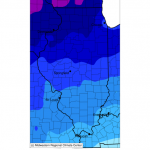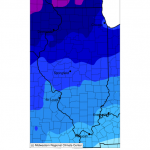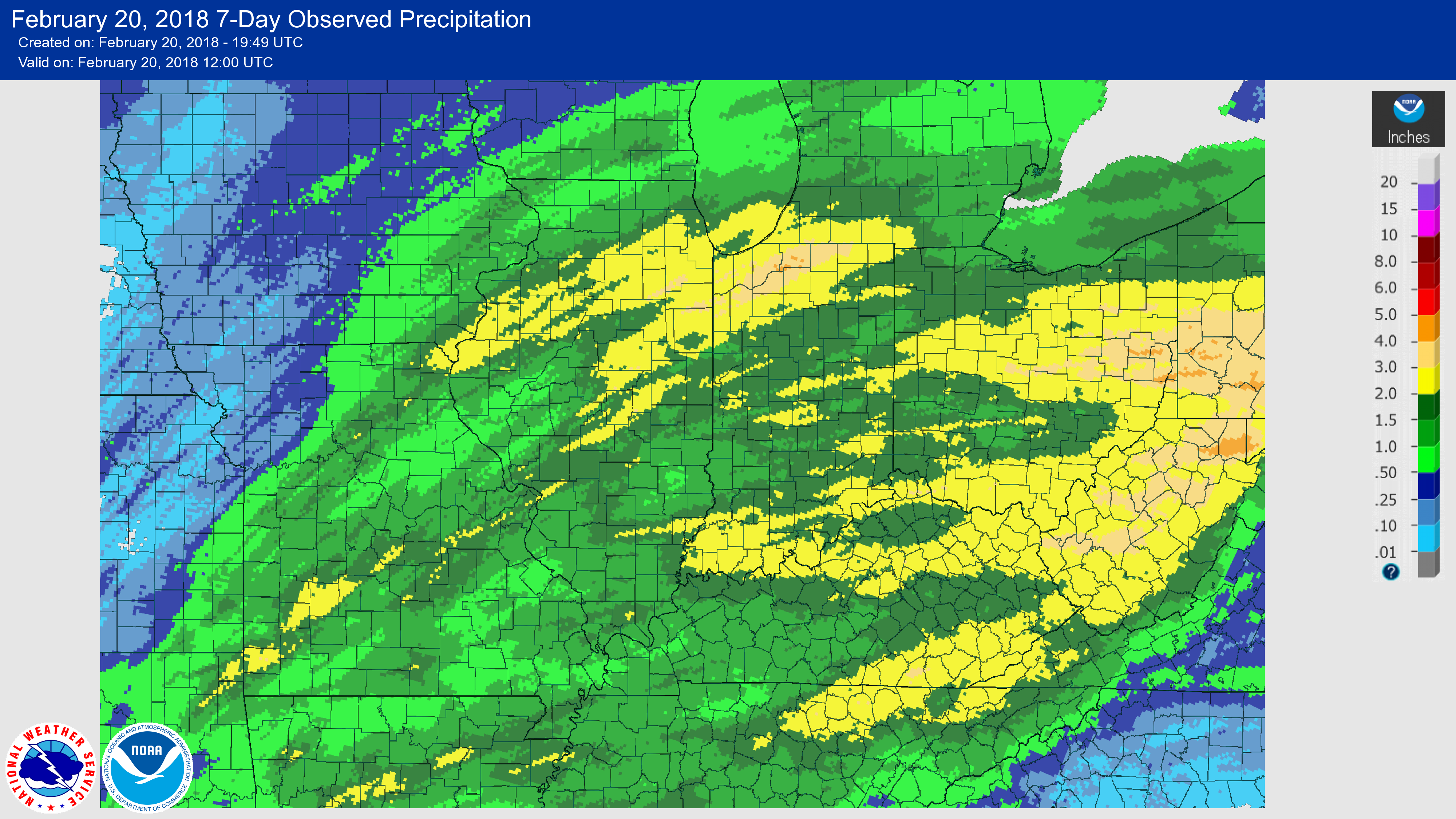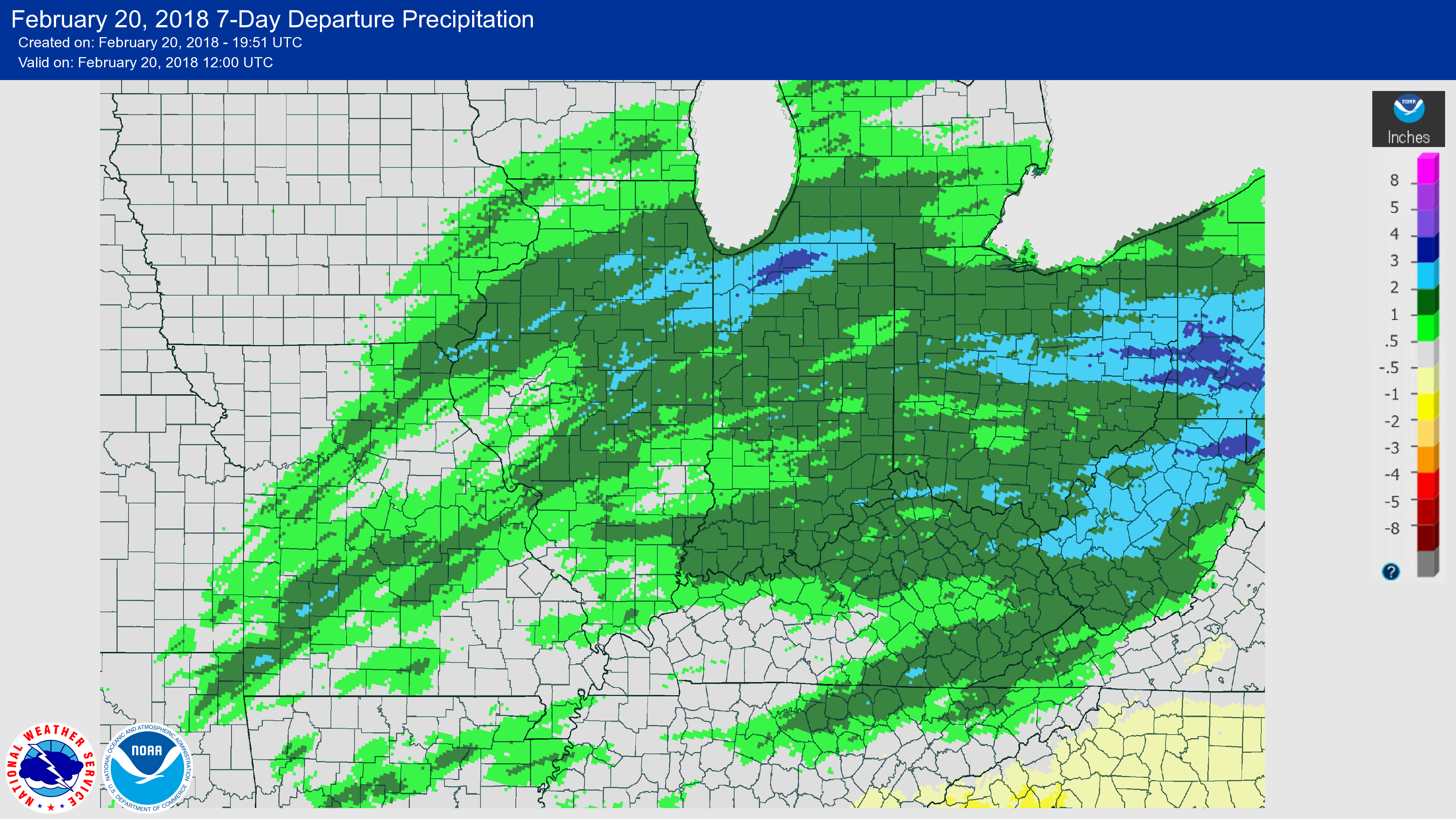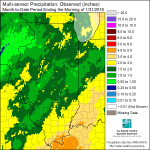The NWS Climate Prediction Center released their latest outlooks for March, April, and beyond. So far, March has been cooler and drier than normal. The statewide average temperature was 36.8 degrees, which is about a degree below normal, while the statewide average precipitation was 1 inch, about 70% of normal.
Rest of March: there is an increased chance that the rest of March will be both colder and wetter than normal, according to the NWS forecast that extends out to 14 days. Here are the maps for the 8-14 day period. The 6-10 day maps are nearly identical. The expected colder and wetter conditions are widespread across the Midwest.
April: the outlook for April resembles the waning stages of a typical La Niña event. The southern third of Illinois has an increased chance of being warmer and wetter than normal. There are no strong climate signals for the rest of the state. Continue reading “Rest of March – Cold, Wet; April-June – Wet According to NWS”


